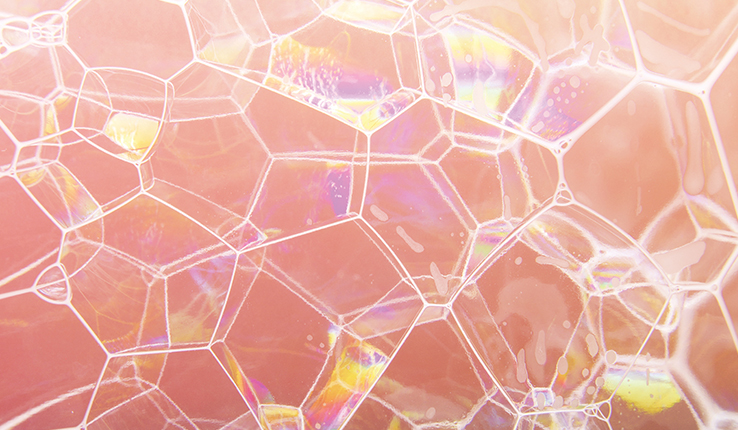During development, tissue made of epithelial cells bends to form complex, three-dimensional structures. The cells curve and pack tightly together to accommodate the bending. Researchers have assumed that epithelial cells retain a uniform shape in three dimensions. Through mathematical modeling and experimental research, biophysicist Javier Buceta and an international group of scientists have discovered that, instead, epithelial cells morph into novel shapes that are not the same from top to bottom.
Buceta, an associate professor of bioengineering and also of chemical and biomolecular engineering, and his colleagues dubbed this new three-dimensional (3-D) shape the scutoid.
The identification of the scutoid was named one of the top math stories of 2018 by the American Mathematical Society. Discover Magazine’s State of Science 2019 highlighted the finding as a notable mathematical breakthrough. Scutoids quickly became a pop-culture sensation on Twitter and late-night television as the public humorously fretted for future middle-schoolers who would have to calculate the volume of a scutoid, which Buceta described as “a twisted prism with a zipper.”






